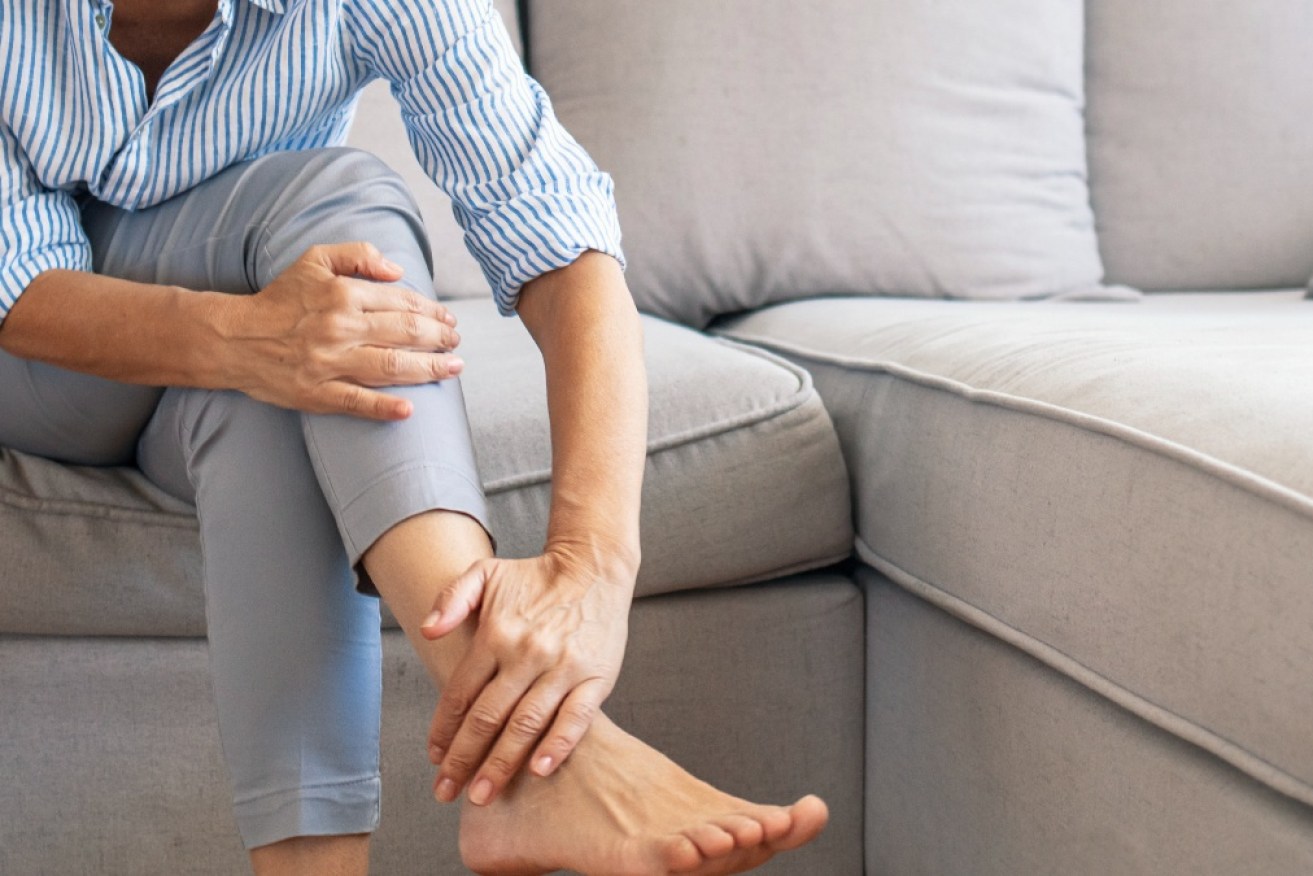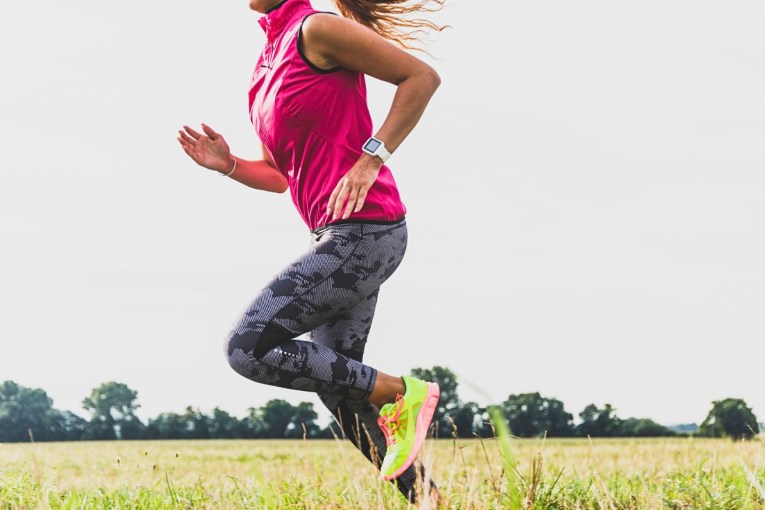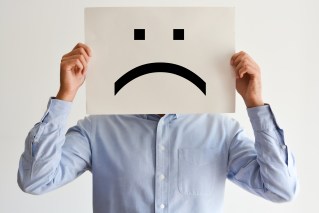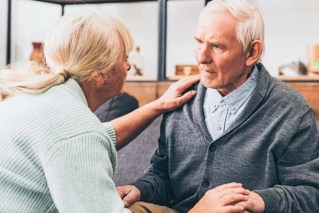COVID-19 may cause severe bone loss in arms, legs and spine


Multiple studies suggest COVID-19 infection could cause severe bone loss. Photo: Getty
A number of animal and human studies have found that COVID-19 can cause bone loss during the acute illness and post-recovery period of the disease.
A January study from the Indiana University School of Medicine found that the SARS-CoV-2 virus can cause “quick and significant bone loss – even when infections appear to be mild”.
Researchers in the Department of Orthopaedic Surgery discovered that mouse models infected with the coronavirus lost about 25 per cent of their bone mass within two weeks of becoming infected.
They also found mouse models suffered a 63 per cent increase in osteoclasts, the cells that cause bone to break down and be reabsorbed.
These changes “were observed even in mice with mild and asymptomatic infections”.
Hamsters mimic human experience
Last month, researchers from the University of Hong Kong published their investigation into the effects of SARS-CoV-2 infection on bone metabolism in Siberian hamsters.
They describe their hamster model as one that “closely mimics COVID-19 in humans”.
Four days after the hamsters were infected with COVID-19, their bone tissues were collected and analysed using three-dimensional micro-computerised CT scans.
The study found that SARS-CoV-2 infection caused severe bone loss, in particular to the trabecular bone in the long bones and lumbar vertebrae.
Trabecular bone is the softer, spongy and more flexible bone tissue that serves as a shock absorber at the end of long bones.
Because it takes much of the punishment from walking or running or load bearing, the cells of trabecular bone have a higher rate of turnover, where they are broken down and absorbed into the body.
It’s this sort of bone that is vulnerable to osteoporosis.
In this instance, the researchers said the inflammatory response that characterises COVID-19 serves to trigger the activation of osteoclasts –the cells responsible for the break down of bone tissue.
Decrease in bone mineral density in patients
In April, researchers from the Atatürk Sanatorium Training and Research Hospital, Ankara, published a study that looked at the effects of COVID-19 symptoms – and steroid treatment – on bone mineral density (BMD) in hospitalised patients.
Chest computed tomography (CT) scans were obtained for the clinical management at diagnosis.
Essentially, the doctors were assessing the patients for lung damage, but they also measured BMD.
BMD is a measure of minerals, mainly calcium and phosphorous, contained in a volume of bone.
BMD measurements are used to diagnose osteoporosis and to predict how likely bones are to break.
Surviving patients were scanned again in follow-up visits.
BMD was found to have decreased by an average of 8.6 per cent from diagnosis to follow-up.
The follow-up visits occurred at an average of 81 days after hospital discharge.
The researchers report that “BMD decrease was significantly greater than expected for age-related annual BMD loss”.
They determined the severity of COVID-19 pneumonia and total steroid dose in treatment predicted BMD loss after hospitalisation.
They conclude that “the bone health status of patients surviving COVID-19 hospitalisation should be monitored closely at follow-up visits, to facilitate the prevention and early treatment of osteoporosis complications”.








